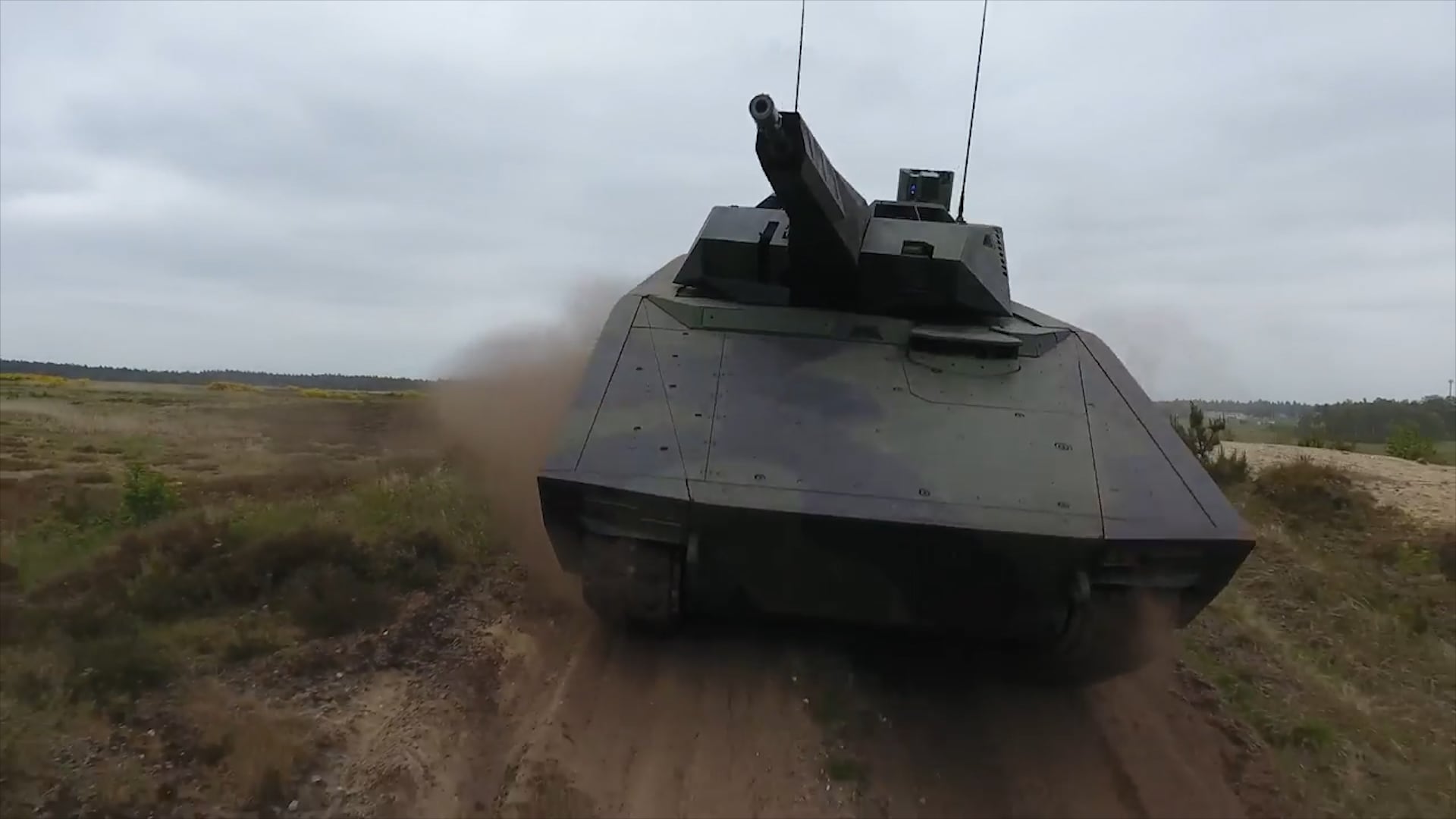WASHINGTON — The U.S. Army on Friday issued a request for proposals to competitively build next-generation combat vehicle prototypes.
The RFP opens up competition for industry to provide optionally manned fighting vehicle prototype designs. From that pool, the Army will choose — in the second quarter of fiscal 2020 — up to two teams to build 14 prototypes.
The OMFV is intended to replace the Bradley Fighting Vehicle starting in 2026 and is designed to better operate in future environments that would allow soldiers to maneuver to a position of advantage and “to engage in close combat and deliver decisive lethality during the execution of combined arms maneuver,” an Army statement reads.
Some of the threshold requirements for OMFV are a 30mm cannon and a second-generation forward-looking infrared system, or FLIR. Objective requirements are a 50mm cannon and a third-generation FLIR.
“The OMFV must exceed current capabilities while overmatching similar threat class systems,” Brig. Gen. Ross Coffman, the director for the Next-Generation Combat Vehicle Cross-Functional Team, said in the statement. “It must be optimized for dense urban areas while also defeating pacing threats on rural terrain.”
The NGCV CFT is part of a new four-star command, Army Futures Command, that is designed to modernize the force. NGCV is the second-highest modernization priority for the Army just behind long-range precision fires.
After working with industry through a multitude of engagements and testing several draft RFPs with ambitious requirements, Coffman believes the Army has both the threshold requirements for the vehicle as well as the right objective requirements as the service heads toward the release of the final RFP.
“We put out a very aggressive draft RFP,” Coffman told reporters March 27 at the Association of the U.S. Army’s Global Force Symposium, because the CFT knew it was not obtainable in its entirety.
The draft RFP was meant to stretch goals and objectives and to inspire feedback to ultimately write requirements that are attainable, Coffman explained.
The Army’s current approach to enter into a rapid prototyping effort truncates what could be a two- or three-year technology-maturation and risk-reduction phase, Maj. Gen. Brian Cummings, the program executive officer for Ground Combat Systems, noted in the statement.
“It is about being able to prototype and field required capabilities on an accelerated schedule to get capability into soldiers’ hands quickly,” he said.
The Army’s acquisition chief, Bruce Jette, approved a rapid prototyping approach for the OMFV in September 2018, which requires a prototype demonstration in an operational environment within five years, according to the statement.
The prototypes will go through “rigorous” operational testing and soldier assessments.
The Army plans to downselect to one vehicle for low-rate initial production following the assessments and testing.
Several companies have come forward either with clear plans of what they would like to offer or declaring they will participate in the competition.
RELATED

German company Rheinmetall announced last fall that it would team up with Raytheon to provide its new Lynx combat vehicle. It’s also possible its Puma vehicle, which is co-manufactured with German defense firm Krauss-Maffei Wegmann, could be submitted. BAE Systems showed what it could do with a CV90 vehicle at the Association of the U.S. Army’s annual show in the fall, and General Dynamics European Land Systems turned heads at AUSA with a Griffin III technology demonstrator equipped with a 50mm cannon.
Jen Judson is an award-winning journalist covering land warfare for Defense News. She has also worked for Politico and Inside Defense. She holds a Master of Science degree in journalism from Boston University and a Bachelor of Arts degree from Kenyon College.








